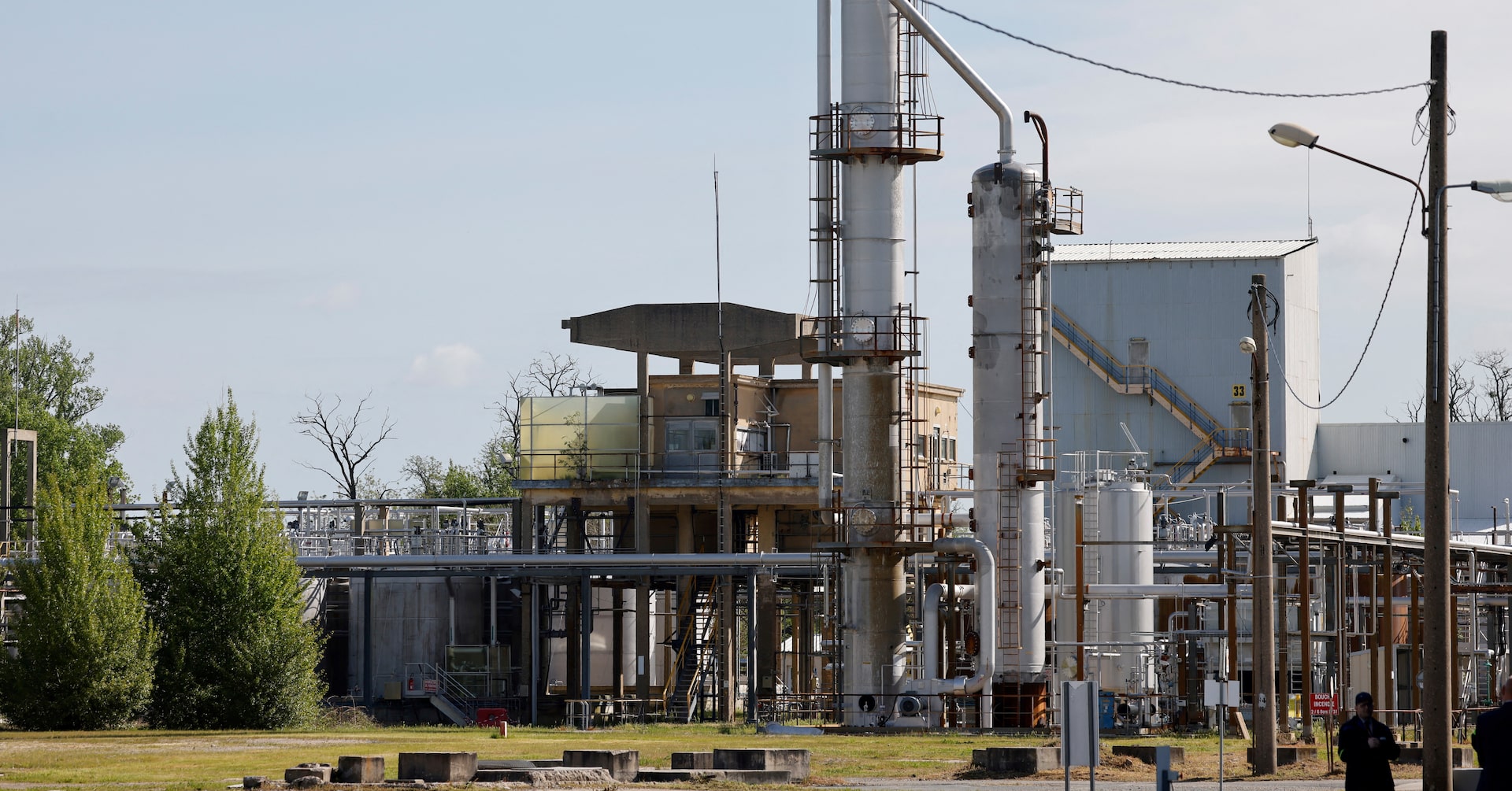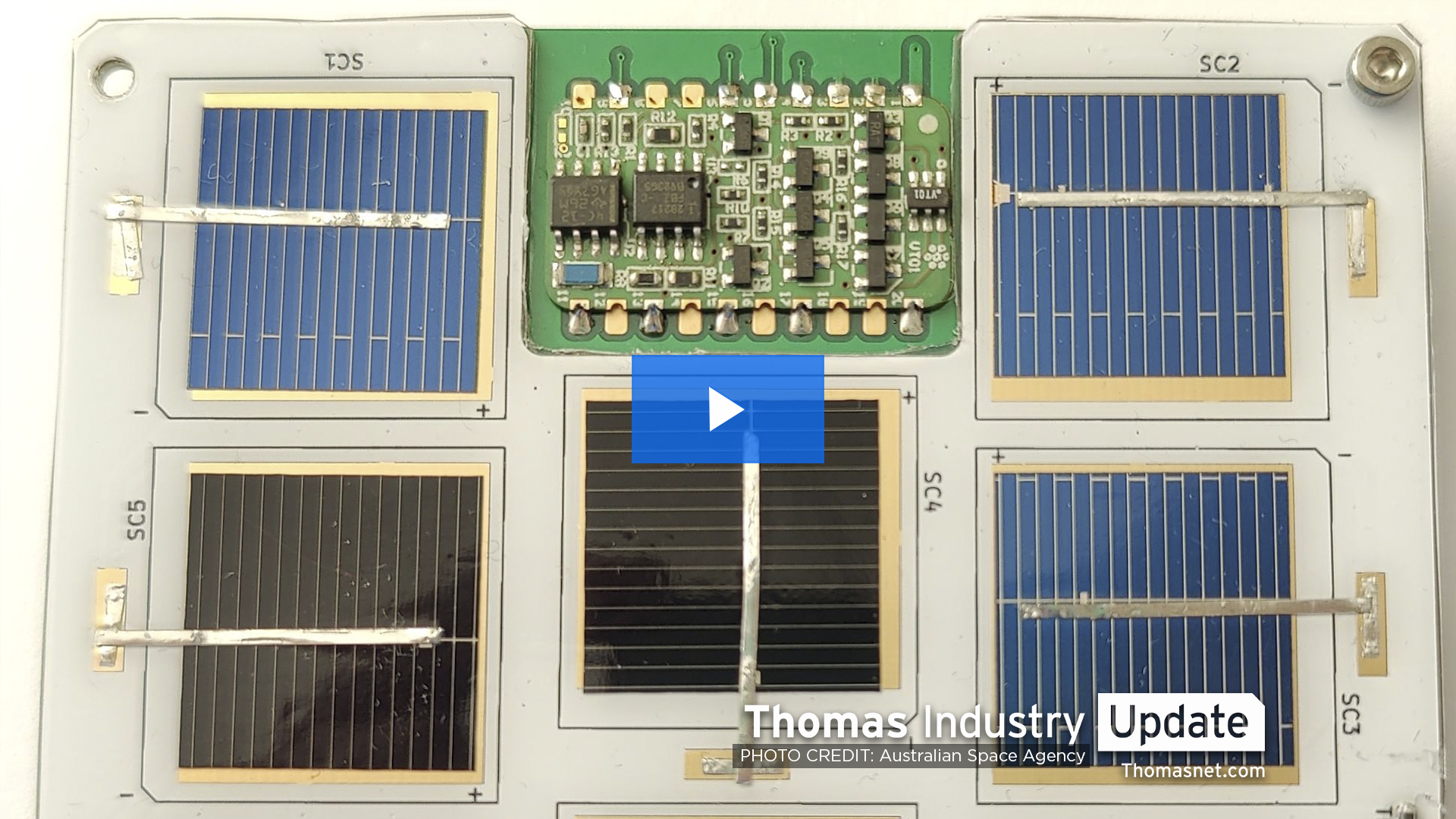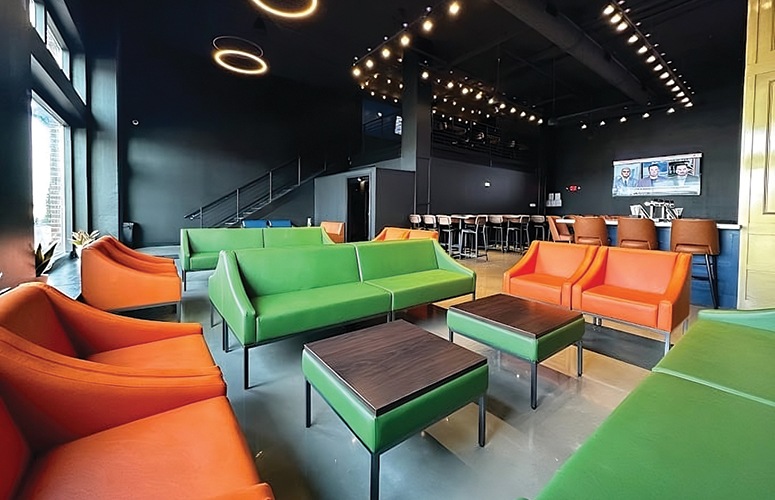Revolutionizing Manufacturing: Polymer 3D Printing Set to Explode to $36 Billion Market by 2031
Manufacturing
2025-03-28 14:15:00Content

Polymer Additive Manufacturing Market Poised for Remarkable Growth
The global polymer additive manufacturing market is set to experience a transformative expansion, with recent market research projecting a substantial leap to $36.19 billion by 2031. This impressive growth trajectory represents a robust compound annual growth rate (CAGR) of 15.1% from 2024 to 2031, signaling significant opportunities across multiple industries.
The comprehensive report by Meticulous Research® offers an in-depth analysis of the market's potential, exploring various technological dimensions including Fused Deposition Modeling (FDM), Stereolithography (SLA), Selective Laser Sintering (SLS), Multi Jet Fusion (MJF), and Digital Light Processing (DLP).
Key Market Insights
- Diverse material spectrum including plastics, resins, and elastomers
- Applications spanning aerospace, automotive, healthcare, consumer goods, and industrial sectors
- Projected market value of $36.19 billion by 2031
- Sustained growth rate of 15.1% annually
This remarkable forecast underscores the increasing adoption of advanced manufacturing technologies and the growing demand for innovative, customizable production solutions across global industries.
Revolutionizing Manufacturing: The Polymer Additive Revolution Transforming Global Industries
In the rapidly evolving landscape of advanced manufacturing, a groundbreaking technological transformation is quietly reshaping how industries design, prototype, and produce complex components. The polymer additive manufacturing sector stands at the forefront of this revolutionary change, promising unprecedented innovation and economic potential that could redefine production methodologies across multiple global sectors.Unleashing the Future: How Polymer Additive Manufacturing Will Reshape Global Production Dynamics
The Technological Metamorphosis of Manufacturing Processes
Polymer additive manufacturing represents a paradigm shift in industrial production, transcending traditional manufacturing limitations. Unlike conventional subtractive methods, this cutting-edge technology enables manufacturers to create intricate, complex geometries with unprecedented precision and efficiency. By layering materials strategically, engineers can now design components that were previously impossible or prohibitively expensive to produce. The technological capabilities of polymer additive manufacturing extend far beyond simple prototyping. Advanced techniques like Fused Deposition Modeling (FDM), Stereolithography (SLA), and Selective Laser Sintering (SLS) are pushing the boundaries of what's achievable in material science and engineering. These sophisticated processes allow for unprecedented customization, reduced material waste, and dramatically shortened production cycles.Economic Implications and Market Trajectory
The economic landscape of polymer additive manufacturing is experiencing exponential growth, with projections indicating a staggering $36.19 billion market valuation by 2031. This remarkable expansion represents a compound annual growth rate of 15.1%, signaling massive potential across diverse industrial sectors. From aerospace and automotive to healthcare and consumer goods, the transformative impact of this technology is becoming increasingly apparent. Investors and industry leaders are recognizing the strategic importance of polymer additive manufacturing. The ability to rapidly prototype, customize, and produce complex components with minimal overhead is driving significant investment and research into these advanced manufacturing techniques. Companies that successfully integrate these technologies are positioning themselves at the forefront of industrial innovation.Material Innovation and Technological Diversity
The polymer additive manufacturing ecosystem is characterized by remarkable material diversity and continuous technological refinement. Cutting-edge polymers, resins, and elastomers are being developed with increasingly sophisticated properties, enabling applications that were previously unimaginable. These materials offer enhanced mechanical strength, thermal resistance, and flexibility, opening new frontiers in product design and engineering. Different additive manufacturing technologies cater to specific industrial requirements. Multi Jet Fusion (MJF) and Digital Light Processing (DLP) represent just two of the many sophisticated techniques that are expanding the boundaries of what's possible in material fabrication. Each method brings unique advantages, allowing manufacturers to select the most appropriate technology for their specific production needs.Cross-Industry Transformative Potential
The impact of polymer additive manufacturing extends across multiple critical industries. In aerospace, lightweight and complex components can now be produced with unprecedented precision. Automotive manufacturers are leveraging these technologies to create more efficient, customized parts. Healthcare is experiencing a revolution in prosthetics, medical devices, and personalized medical solutions. Consumer goods industries are also witnessing a significant transformation, with companies able to offer highly customized products at competitive prices. The industrial sector is benefiting from more efficient tooling, rapid prototyping, and reduced time-to-market for new product developments.Sustainability and Future Outlook
Beyond technological innovation, polymer additive manufacturing represents a significant step towards more sustainable industrial practices. By minimizing material waste, reducing energy consumption, and enabling more localized production, these technologies align with global sustainability goals. The continued evolution of polymer additive manufacturing promises not just technological advancement, but a more environmentally conscious approach to industrial production.RELATED NEWS

The Harsh Reality: Why Instant Revival of U.S. Manufacturing Isn't Possible

Manufacturing Mood Lifts: France Sees Glimmer of Hope in February's Industrial Pulse






